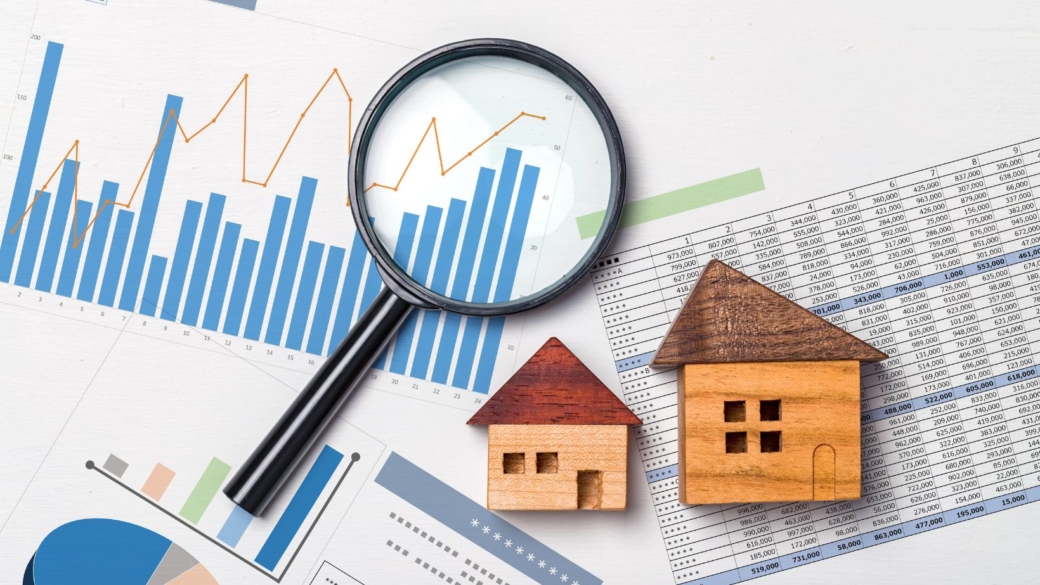Let’s be honest: for decades, real estate investing has been part strategy, part spreadsheet wizardry, and part gut instinct. You’d walk into a property, smell the drywall, squint at the rent rolls, and say, “This place just feels like a 6-cap.” Sound familiar?
But we’re no longer living in a world where “a good hunch” is a substitute for real numbers. Welcome to the age where data analytics drives better real estate investing—where success isn’t just about buying low and hoping for the best but about uncovering trends, forecasting returns, and turning fragmented data into a finely tuned investment machine.
The Real Foundation of Real Estate? Data. And Lots of It.
Once upon a time, investors only had a few key metrics in their toolbox: purchase price, square footage, number of units, and maybe some scribbled notes from a broker with a firm handshake.
Fast forward to today, and the data landscape in real estate has exploded into a buffet of analytical riches. Think beyond comps and cap rates. Now we’re looking at:
- Market-level trends: Migration flows, job growth, economic health
- Property-specific data: Amenity usage, maintenance costs, utility trends
- Tenant behavior: Retention rates, renewal patterns, lease breakage triggers
- Environmental data: Flood risk, air quality, solar potential
- Location intelligence: Walkability, transit access, even Yelp reviews of nearby coffee shops (because yes, lattes matter)
In other words, what used to be a hunch is now a histogram. And while all this data is great, what you do with it is where things get interesting—and profitable.
Turning Numbers into Nuance: From Raw Data to Smart Decisions
Here’s the catch: raw data doesn’t make you a better investor. It’s like trying to build a luxury condo using just bricks and no blueprint.
That’s where real estate analytics platforms like Leni come in—tools that don’t just collect your data but actually make sense of it. With products like Leni Edge and Leni Mind, you’re not just tracking rent rolls—you’re diagnosing performance problems and prescribing solutions before they hurt your NOI.
Let’s walk through what this looks like in real life.
Example 1: The Vacancy Trap
Old-school response: “Vacancy’s up? Lower the rent.”
Smart response with analytics: “Vacancy is only high in north-facing 2BRs with outdated appliances and low light. Let’s renovate those units and increase marketing spend there—while leaving well-performing ones alone.”
See the difference? One strategy uses a machete, the other uses a scalpel. And only one of them improves ROI without bleeding you dry.
5 Ways Data Analytics Drives Better Real Estate Investing
Let’s zoom in on the ways analytics turns you from a portfolio manager into a strategic ninja with x-ray vision.
1. Market Trends & Demand Forecasting
Predictive analytics doesn’t just help you understand where the market is—it shows where it’s going.

Using tools like Leni, you can analyze employment rates, migration trends, and rental demand across zip codes. It’s like peeking into a real estate crystal ball… minus the smoke and mirrors.
2. Risk Mitigation & Portfolio Optimization
By layering economic indicators, historical data, and demographic shifts, investors can rebalance portfolios with more precision than a Wall Street quant.
Not sure whether your Austin asset is overexposed to tech sector volatility? A good data platform will tell you. Leni’s AI models can even project risk across assets and suggest diversification strategies before you stare down a distressed property at midnight.
3. Real-Time Valuation & Performance Scoring
Forget retrospective appraisals. With real-time inputs like foot traffic, rental comps, and neighborhood infrastructure development, analytics can give you dynamic property valuations that reflect today’s conditions—not last quarter’s.
Leni offers real-time asset scoring that updates as new data flows in—turning your static spreadsheet into a living, breathing strategy engine.
4. Tenant Behavior & Retention Planning
Data doesn’t just help you understand your buildings—it helps you understand the people inside them.
With tenant-level data, you can predict when leases are likely to break, which amenities boost renewals, and what rental increases are likely to fly (or flop). This isn’t just property management—it’s tenant psychology with a spreadsheet.
5. Operational Efficiency and NOI Boosting
Thanks to IoT and real-time analytics, you can now predict when HVAC systems are likely to fail, track which vendors are overpriced, and automate maintenance schedules based on past patterns—not just gut instinct.
Leni’s insights can spotlight exactly where your OPEX is bleeding and recommend data-backed fixes to plug the leak. Yes, your NOI will thank you.
The Tech Stack for a Data-Driven Investor
Think of your investment strategy like a Formula 1 car. Data is the fuel, but it takes a well-tuned engine to actually win the race.
That’s why successful firms invest in tools like Leni to:
- Consolidate fragmented data across systems
- Visualize KPIs across the portfolio via an Asset Management KPI dashboard
- Benchmark performance against peers
- Forecast and stress-test new acquisitions
- Automate reporting for investor updates
From acquisitions to exits, every touchpoint is better with analytics in the driver’s seat.
Don’t Forget the Weird, Wonderful World of Alternative Data
Sometimes, the most valuable insights come from places you’d least expect.
- Sentiment analysis from social media can reveal shifting neighborhood reputations
- Mobile location data shows where people actually spend time
- Infrastructure plans hint at future value—often before pricing reflects it
- Environmental metrics help you future-proof investments (because no one wants a luxury tower built on a floodplain)
These aren’t “nice to haves.” In today’s landscape, they’re your competitive edge.
Real Investors. Real Results. Real Time.
Let’s not forget the bottom line: analytics isn’t a toy. It’s a tool for real investors making real decisions with real money on the line.
A Leni client managing multifamily assets across five states recently integrated data from three different third-party managers into a single dashboard. Within weeks, they spotted a capex efficiency gap across older assets, streamlined their contractor strategy, and unlocked a 12% annualized gain in operating margins.
That’s not a fluke. That’s what happens when data analytics drives better real estate investing.
Final Thoughts: Ready to Level Up?
If you’re still relying on intuition, outdated reports, and prayer to guide your investment decisions—good luck. But if you’re ready to go from reactionary to revolutionary, data is the way forward.
And with Leni’s AI-powered platform, you don’t have to hire a team of analysts to compete with the big players. You just need the right dashboard, the right strategy, and the right mindset.
Because in 2025 and beyond, how data analytics drives better real estate investing isn’t just a trend—it’s the rule.
Ready to shift gears? Discover how our Leni can help you make smarter, faster, and more profitable decisions—without needing a data science degree.


